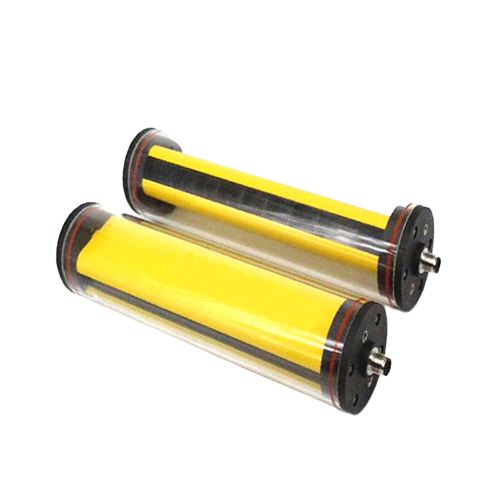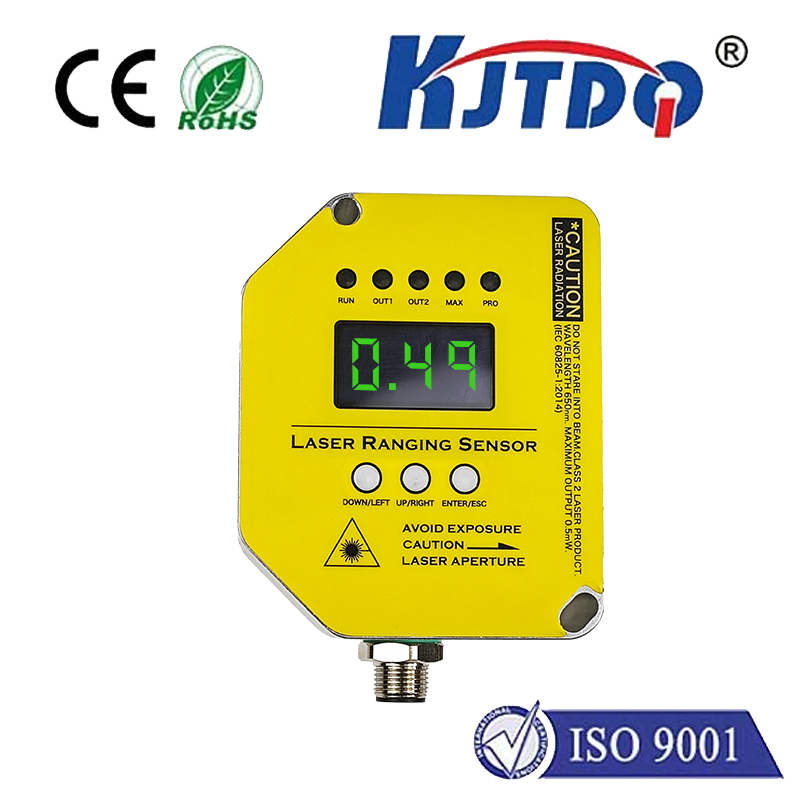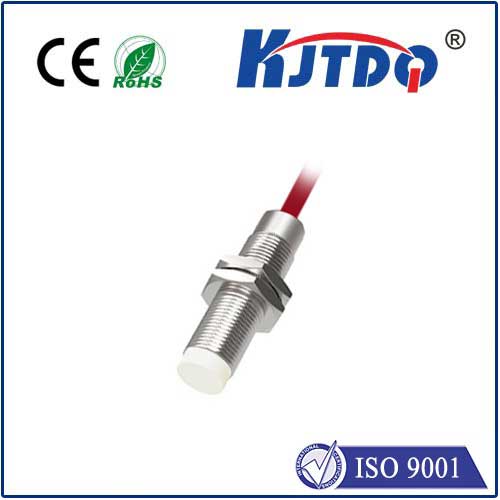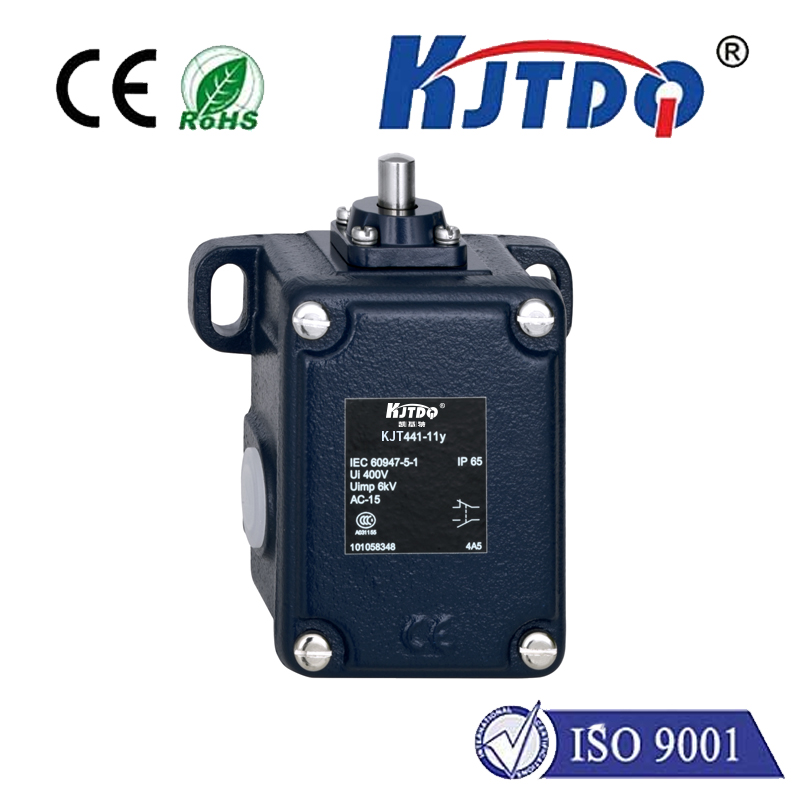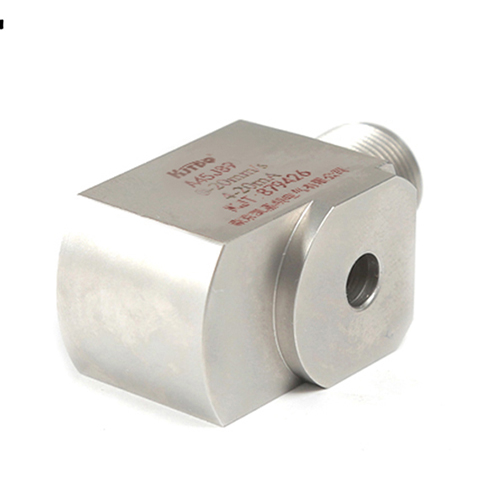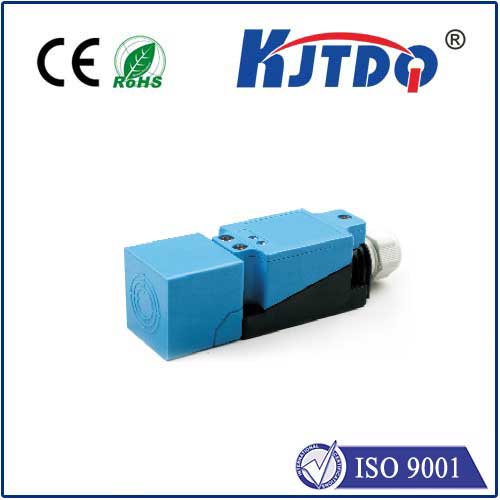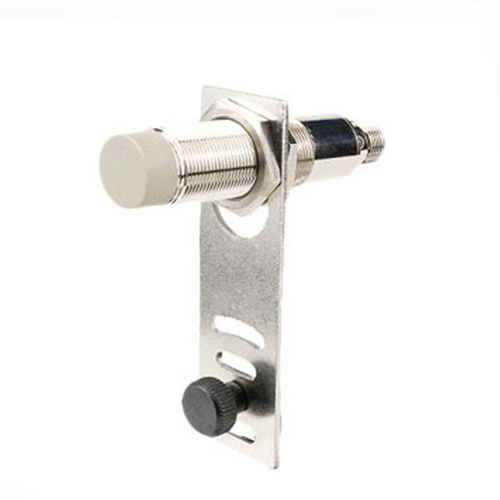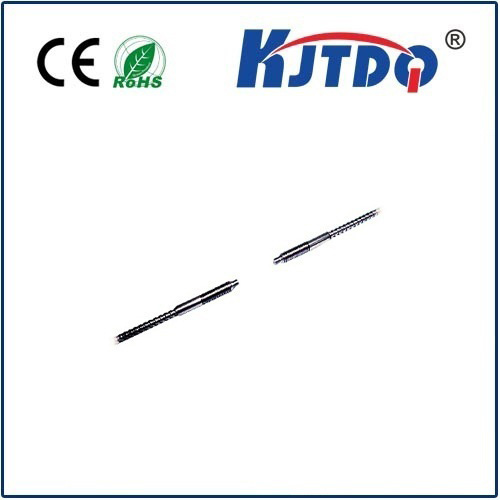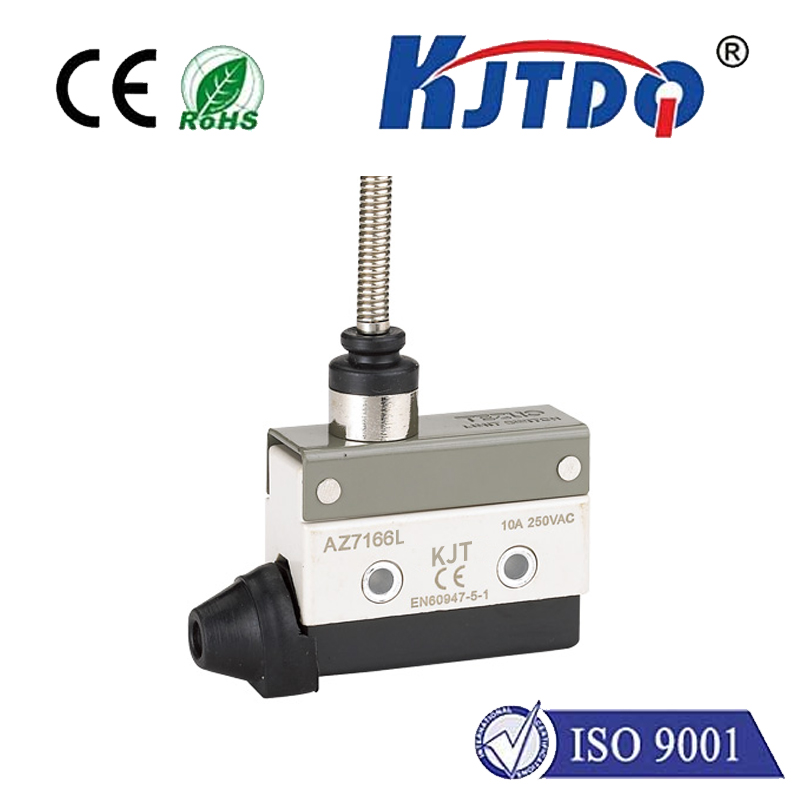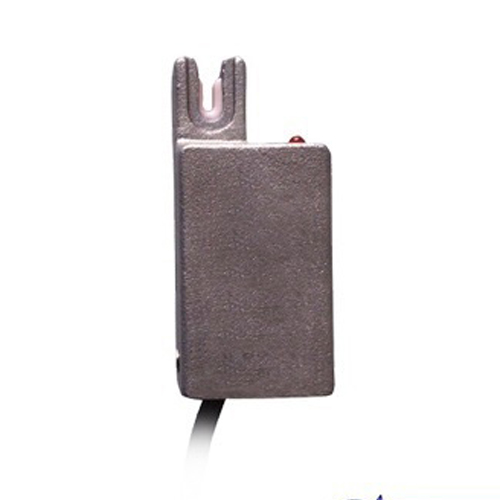reverse proximity sensor
- time:2025-06-24 01:32:01
- Click:0
The Inverted Field: Demystifying Reverse Proximity Sensors and Their Unique Application Space
Ever wonder how your car knows there’s nothing behind it, allowing you to reverse safely? Or how a complex machine halts when a critical component moves away? Welcome to the somewhat counterintuitive, yet incredibly valuable world of reverse proximity sensors. While the term itself isn’t a strict industry standard classification like inductive or capacitive sensors, it perfectly encapsulates a crucial configuration and functionality within proximity sensing technology. This article delves into what this concept truly means, how it works, and where its unique detection logic shines.
At its core, a standard proximity sensor detects the presence of an object within a defined range. Think of it as a sentinel: “Object detected here!” A reverse proximity sensor, however, flips this script. Its primary function is to detect the absence of an object or, more specifically, to signal when a target object moves out of its sensing range. It essentially asks: “Has the expected object gone away?”
Unpacking the “Reverse” Logic

The “reverse” functionality isn’t typically achieved by fundamentally altering the sensor’s internal physics (like magnetic fields or capacitance). Instead, it’s primarily implemented through output signal configuration:
- Normally Closed (NC) Output: This is the heart of the reverse proximity sensor concept. Most standard proximity sensors use a Normally Open (NO) output configuration. When no target is present, the output circuit is open (OFF). When the target enters the sensing field, the circuit closes (ON), signaling presence.
- The Reversal: An NC sensor works oppositely. When no target is present within its sensing range, the output circuit is closed (ON). When the target enters the sensing field, it opens the circuit (OFF), signaling the arrival of the target.
- The “Reverse” Interpretation: If you configure your system to monitor for the loss of the ON signal (which occurs when the target arrives), you effectively have a sensor signaling absence. However, for the purpose of detecting departure, imagine an object normally blocking the sensor. While blocking it (target present), an NC sensor’s circuit is open (OFF). When the object moves away (leaving the field), the NC sensor’s circuit closes (ON). This ON signal triggered by the object leaving is the essence of the “reverse” proximity detection. The system interprets the ON signal as confirmation that the object has departed.
- Programmable Logic: Many modern intelligent sensors, especially IO-Link variants, allow the output logic to be programmed via software. A physical NC output isn’t always necessary. The sensor itself or the connected controller (PLC) can be programmed so that its output signal (high/low) represents the absence of a target rather than its presence. This achieves the same functional result as the NC hardware configuration but with greater flexibility.
Where Reverse Proximity Detection Excels: Key Applications
The power of the reverse proximity sensor concept lies in its suitability for specific monitoring and safety scenarios where confirming the departure or absence of an object is paramount:
- Parking Assistance Systems: This is the most ubiquitous example. Rear bumper sensors aren’t triggered by the road; they are triggered when the car moves away from an obstacle they were previously close to. They signal: “Clearance achieved, obstacle no longer detected.” This reversal of the trigger event is crucial for safe reversing maneuvers.
- Object Departure Detection: In manufacturing, confirming a part has successfully left a station before allowing the next cycle is critical. A reverse proximity sensor positioned where the part should be, signaling when the part moves away, provides this exact confirmation. Think of a robot gripper releasing a part onto a conveyor.
- Safety Guard Monitoring: Many safety interlocks rely on confirming a guard door is closed and locked before machinery operates. Proximity sensors are often used to detect the guard’s position. If the guard incorporates a metal latch or target, an NC proximity sensor can be configured so that the presence of the latch target keeps its output OFF (safe state). If the guard is opened, the target moves away, the sensor output goes ON, signaling the absence of the guard (unsafe state) and triggering a machine shutdown.
- Presence Verification via Absence: Sometimes, an empty space needs to be confirmed. For instance, ensuring a pallet position is unoccupied before a new pallet is placed. A reverse proximity sensor (signaling ON when no pallet is present) provides a direct signal for “position empty.”
- Component Disengagement: Verifying that a tool head has fully retracted, a clamp has opened, or a coupling has disengaged relies on detecting that the component has moved away from its operational position. Reverse proximity detection provides this positive confirmation.
Implementing Reverse Proximity: Factors to Consider
While a powerful concept, effective implementation requires attention to detail:
- Sensor Type Selection: The underlying technology (inductive for metals, capacitive for non-metals/levels, photoelectric for light-based presence/absence, ultrasonic for distance) must first be chosen based on the target material and environment. The “reverse” logic is then applied via output configuration or programming.
- Output Configuration Clarity: It is vital to specify the required output state (NO or NC) during sensor selection and wiring. Misunderstanding the output logic is a common source of errors in systems relying on reverse proximity detection.
- Controller Programming: When using programmable sensors or controllers, ensure the logic (e.g., interpreting an ON signal as “object departed”) is correctly implemented within the ladder logic or control software.
- Sensing Range & Hysteresis: Ensure the sensor’s nominal sensing range is sufficient for the application and consider the built-in hysteresis (the difference between the switch-on and switch-off points) to avoid chatter near the detection threshold.
Beyond the Moniker: A Vital Function
While “reverse proximity sensor” might sound like a distinct sensor type, it’s more accurately a description of a critical functional application of standard proximity sensors using specific output configurations. Understanding this concept unlocks solutions for scenarios where detecting the departure or absence of an object is more operationally relevant than detecting its approach. From the familiar beep of a reversing car assuring you of cleared obstacles to the intricate ballet of automated assembly lines ensuring safe and precise component handling, the principle of reverse proximity detection plays a fundamental role, proving that sometimes, knowing something has gone is just as important as knowing it has arrived. As automation and safety systems grow smarter, the strategic deployment of sensors configured for reverse proximity sensing will continue to be a key element in reliable, efficient, and fail-safe operation. Future advancements may see even more sophisticated logic directly embedded within sensor firmware, making the “reverse” function more intuitive to implement and integrate into complex IIoT (Industrial Internet of Things) ecosystems for predictive maintenance and process optimization.






